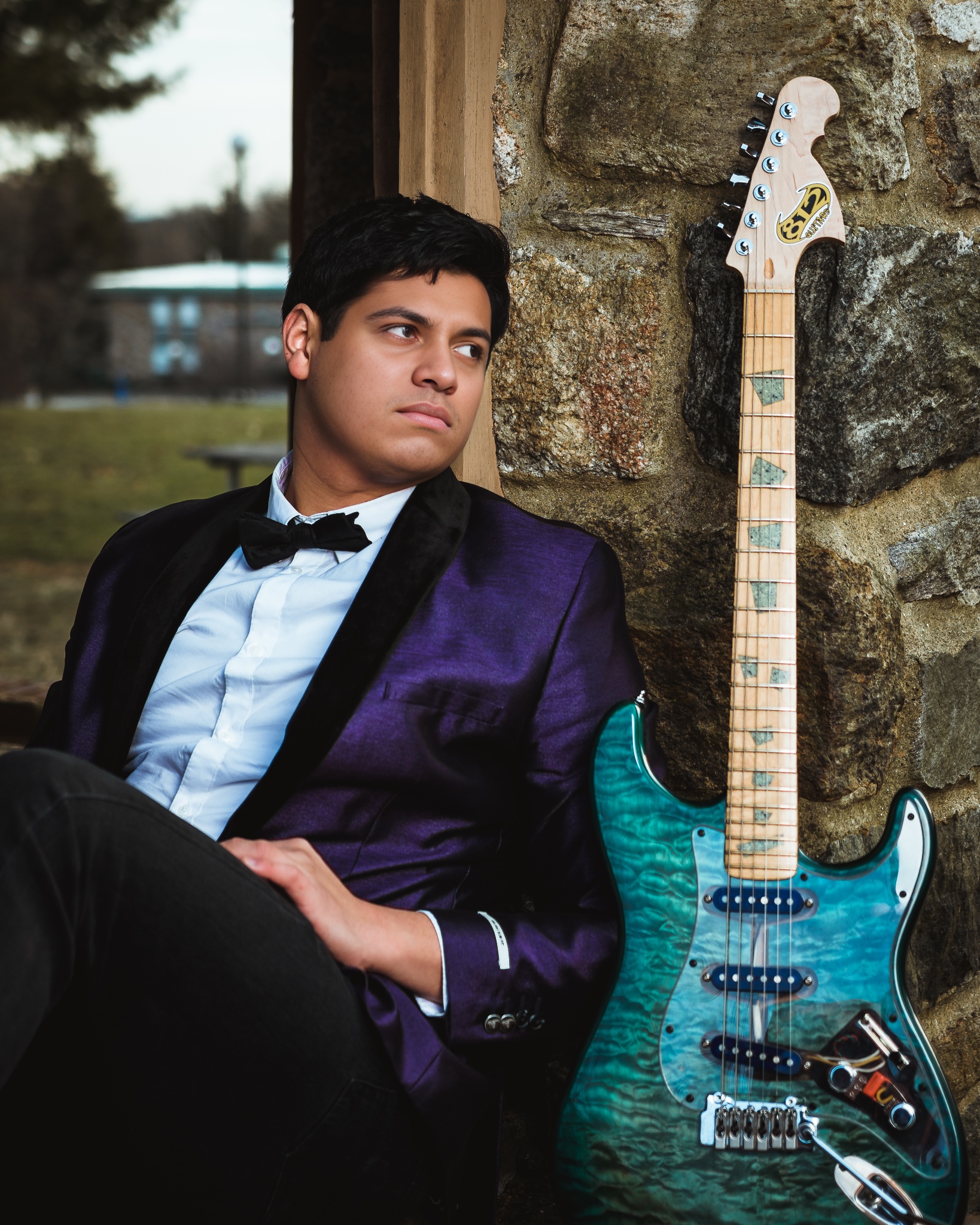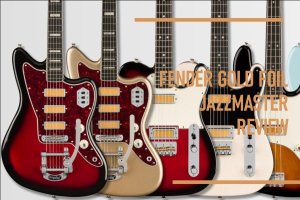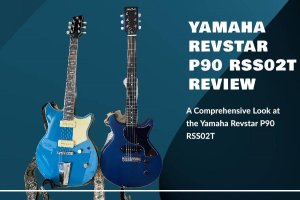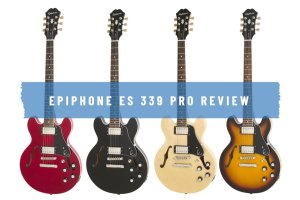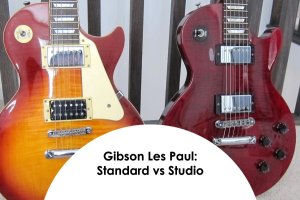If you’ve found integrating multi‑effects units into your existing amp and pedal board setup problematic, Line 6 Hx is a one of the best solutions. This an all‑in‑one processor can replace their entire rig but still delivered amazing sound. For about twenty years, Line 6 has worked hard to make their models sound great and be easy to use. Their most advanced feature to date is HX Effects, their newest multi-effect created on the Helix structure.
In this Line 6 Hx Effects Review, Eguitarmania will discover its flexibility and range of high-quality effects on its innovative design. Also, we will discuss its features, usability, and performance of this model. This review will help you collect all the information this little box has to offer.
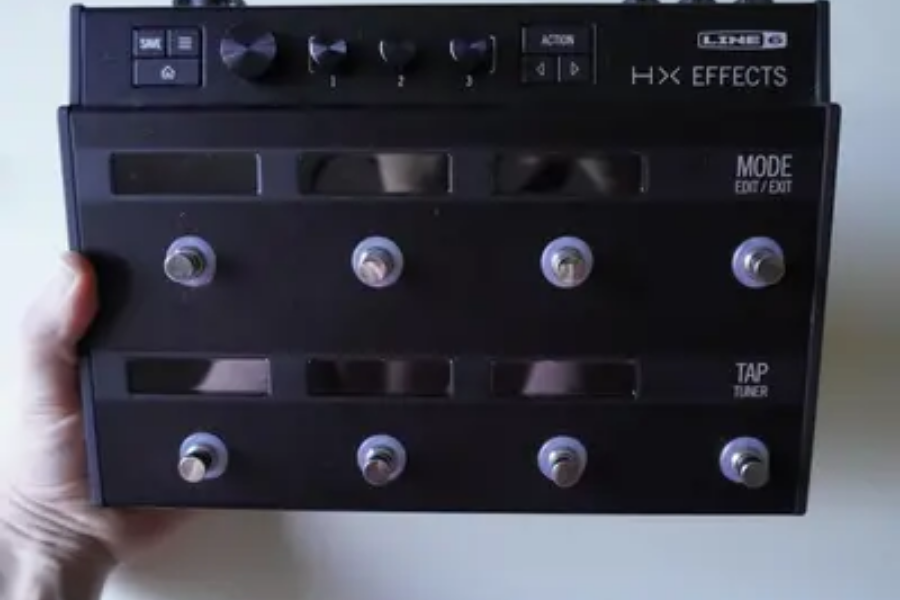
What is HX effects?
Line 6’s effects models and multi-effects units can be found on professional pedalboards throughout the world. And now, those pedalboards can get even better, with over 100 effects onboard the HX Effects multi-effects units. Some of the models are Fuzz, Modulation, Reverb, Overdrive, Distortion, Compression, Wahs, Pitch, Loopers, IR Loading, Synths, Filters and Oscillators.
At first glance anything with a Menu System will be a little daunting but the HX Effects comes with a pretty handy Cheat-Sheet that steps you through the basics. It is designed to walk the fine line of “a pedalboard” for single effects lovers & a multi-preset gigging terminator for those who just want to blur the line between sound options & functionality.
If I were to succinctly describe the difference between the HX and the Helix it would be “All the effects, but none of the amps.” The HX is specifically designed for players who want to keep their analog amps and effects but add a substantial layer of digital flexibility and options.
Along the top of the HX sits eight capacitive, touch-sensitive footswitches, which allow you to activate and bypass effects, change signal flow, move between snapshots, and much more. Above those sit an array of six buttons and push-knobs for manually navigating menus and adjusting the parameters of the effects.
I didn’t count them one-by-one, but Line 6 lists more than 100 different effects in the HX—easily more than I’ll ever use.
Although there are only six footswitches, you can use run up to nine effects at once and assign multiple effects to a single footswitch. Since the release of the DL4 and its similarly formatted cousins, Line 6’s delays, reverbs, and modulation effects have been solid and the HX’s effects sound every bit as good. (Bonus for all you longtime Line 6 fans: All of the legacy tones from the M series stompbox modeler are included.)
The reverbs can move from slightly spacious to overwhelmingly lush and awash with shimmery overtones. Want to go deep and have a pedalboard with a half-dozen reverbs? Go ahead. I tried it and it’s fun.
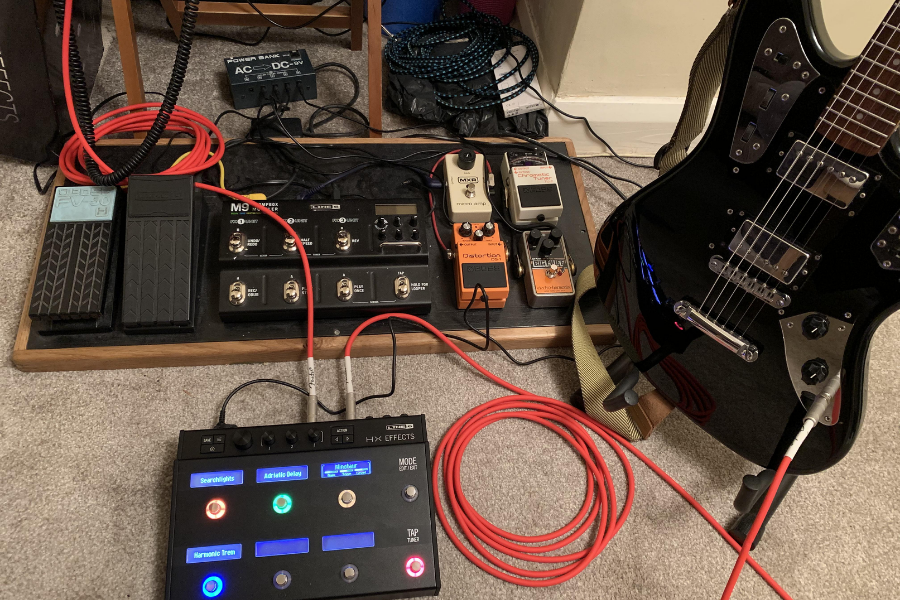
Specification of Line 6 Hx Effects?
Introducing the Line 6 HX Effects, this model is able to take total control of your guitar rig, provides realistic tone and feel.
| Presets | 128 (32 banks x 4 presets) |
| Number of Effects | 200+, Up to 9 simultaneous FX |
| Power Source | 9V DC-3G power supply (included) |
| Height Width Length | 2.81″ – 10.8″ – 7.84″” |
| Weight | 4.9 lbs. |
| Looper | 60 seconds (mono, full speed), 30 seconds (stereo, full speed) |
Line 6 Hx Effects Review
Price
This unit has all the same effects options as the powerful Helix Floor and Helix LT devices, without a built in expression pedal or any amplifier simulations. That brings the price down substantially and if you shop you can often find it at the same price as the less powerful Line 6 HX Stomp.
Build Quality
The other difference I see compared to some other alternatives is build quality. The box itself is tough and the foot switches feel the same as the switches on the full size Helix. This device can be used at home or even in the bedroom for practice but is tough enough to hold up on stage. I find it very quiet and that it works well with a variety of different pickups and guitars which is nicely flexible.
Build quality seems pretty good, there is definitely an improvement over previous models but it isn’t as drop-proof as a Boss Stomp Box so a little care should be taken when transporting it. This isn’t hard these days with the cost of cases being so low either, just don’t go jumping on those rotary encoders.
If you were really concerned about it, your Pedal Board would be built to shield these more sensitive parts anyway so it’s par for the course.
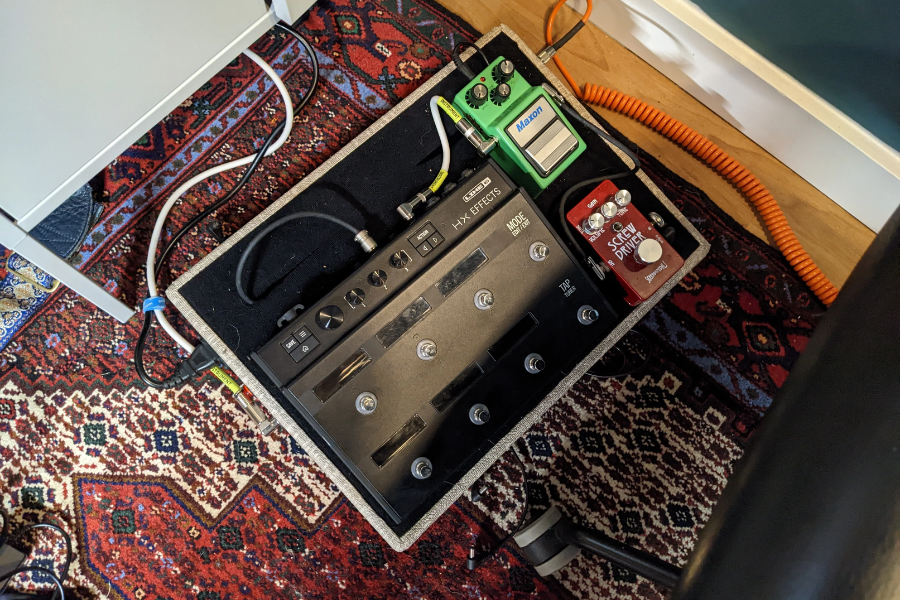
Tone
Tone is very subjective, but I am going to give Line 6 a lot of credit in their delivery of effects simulation. In addition to the Helix effects which are typically mono/stereo (the whole box is stereo capable with independent right and left channels), there are what Line 6 calls Legacy effects, which are the effects from older dedicated Line 6 pedals such as their now very desirable delay device.
Sound
In terms of sounds, the same high-quality effects from the flagship units are present and correct, with a number of additional effects that have been developed in the meantime.
Perhaps in response to those pedal nerds that have unique-sounding boutique pedals we’d want in our chain, Line 6 has added some additional ‘out there’ sounds to the HX.
All of the expected choruses, tape echo, sweep echo, reverse delays and filters are present, but there are now more exotic sounds like the gorgeous Particle Verb, presumably a reference to the Red Panda Particle granular delay and reverb.
Connectivity
Four stereo sets of input and output jacks, two loop sends and returns, and two TRS Control jacks are all on the back panel, which is very busy. It’s possible to use mono in and/or mono out. You can connect two external expression pedals at the same time.
By default, pedal one controls the volume and pedal two controls wah or pitch effects. You can use these jack sockets to switch between amp channels and effects, though, if you don’t need additional tools. More on that later.
There are MIDI In and Out/Thru ports, a USB port, and a power input next to the jacks. The instructions says that the USB port should be attached directly to a USB 2 or 3 port on the computer, not to a hub.
I think that’s just for safety’s sake, though, since the editor software worked fine with a hub. A strong external power supply unit (PSU) gives power to the HX Effects.
Firmware updates can be downloaded via USB, and the free HX Edit software is already out there for both Mac OS X and Windows. The software looks a lot like the Helix editor’s and lets you make routings, combine effects, and save and restore patches. Patches include effects configurations, any external control settings, effects loops, and switch settings.
That’s right, you can back up and store up to 128 third-party reaction replies with up to 2048 samples in length in HX Effects. Even though that sample length is too short for echo, it works fine for things like emulating an acoustic guitar or a speaker or cabinet.
The audio engine has a dynamic range of 123dB, which is very good. Users can choose to keep the delay and reverb tails when moving effects, or they can use a clean analogue cutoff to cut them off. Even though the HX Effects is mainly a guitar mixer, the input can be made less sensitive so it can also be used with electronic pianos and other line-level sources.
Pedalboard Integration
Even though the HX Effects has some good distortion and overdrive models, Line 6 knows that most guitar players like to mix and match pedals to make their own sound, so they’ve included two loops that can be switched between.
These are separate mono loops by default, but they can be combined to make it easy to connect a single audio pedal if needed. Pedals that are connected would usually stay active all the time and be managed by the HX Effects loop switching.
The loop sends and returns are usually used to add one or two external pedals to the system. However, they can also be used to split the Helix FX signal path into two parts. One part can go before the amplifier input, like on a normal pedalboard, and the other part can run in the amplifier’s effects loop. When you use this so-called four-wire setup, your drives and wahs can go before the amplifier.
Then, reverbs, delays, and some modulation effects can work as they should in the loop, after you’ve set the distortion on the amplifier. Of course, you can connect other pedals before and/or after the HX Effects as well.
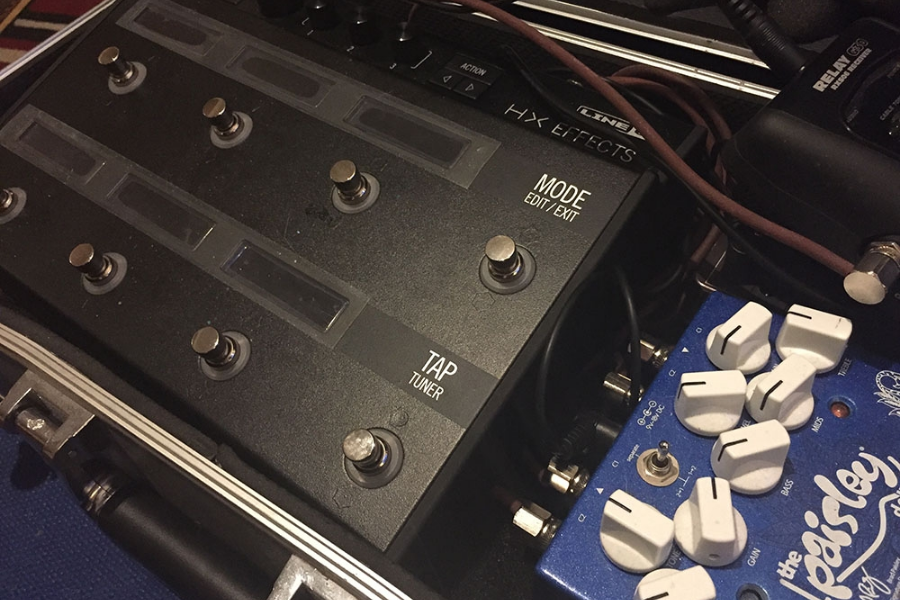
As I already said, the two TRS expression pedal inputs can also be set up as two pairs of split outputs. In this mode, they can be connected to an amplifier to change channels, turn reverb on and off, and other things. This means that the HX Effects is similar to the Boss MS-3 FX multi-effects mixer in that it can work with other performance gear and be a control hub for a larger effects rig. You can really fit this thing really well into a standard pedalboard and amp setup—better than most multi-effects units, in fact.
Extensive I/O
HX Effects is much more than a multi-effects pedalboard. While it can easily replace your current board into the front of your amplifier, it boasts enough I/O and control to take the lead in even the most complicated guitar rigs. Flip the Line 6 HX Effects around and the first thing you’ll find is dual outputs to control channel switching on your amplifier or to add an expression pedal.
Dual effects loops allow you to include your favorite stomps anywhere in the chain. MIDI I/O integrates the unit into larger setups —it is even able to integrate with your band’s MIDI-based performance. And the Line 6 HX Effects’ USB capability makes computer-based editing and firmware upgrades effortless.
Things I Like And Don’t Like
I find the HX Effects quite easy to set up to suit and easy to make changes if you want to switch one of the effects for another one. You can also use it just like a traditional pedal board and can also control the routing of your effects. In my use case, the HX Effects serves as the board for a Koch Multitone and the flexibility to have some of the effects in front of the amp and others live in the amp’s effects loop if I wish brings me the kind of flexibility that I desire.
My verdict is that I probably should buy one just for the quality of it’s Looper, Reverbs & EQ. It would easily replace 99% of what I use my TimeLine & Mobius for. I’d probably still use my Analogue Drives & Fuzzes because I’m a bit of a snob but there would definitely be patches saved in my own unit so it could be used without the hassle of a multi-device set up.
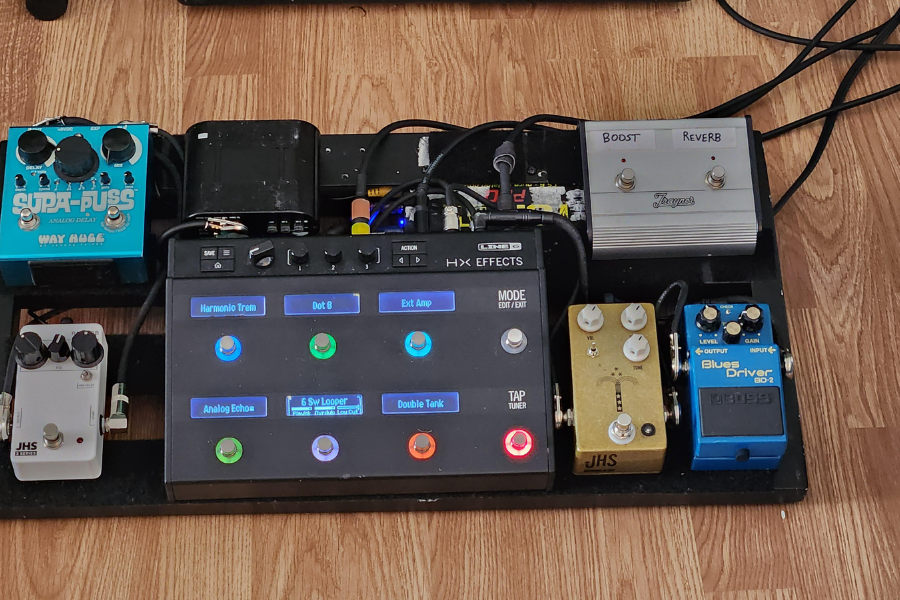
Final Thought
The HX Effects might be the best choice for many players. Perfect for who want to add more effects without spending a lot of money or bringing around a bunch of pedals. Think about how you might use the HX Effects, and when you can, go to your favourite music store and compare them to other pedals. It could be just what you’re looking for.
I really think this machine is great, and the price is fair for what it gives you. Everything that could happen will happen for less than $600. I really liked it, and I will definitely add it to my pedalboard when I play with my group or at special gigs.

